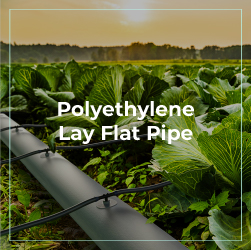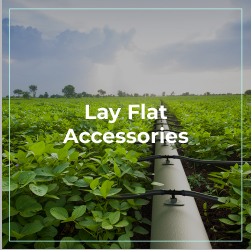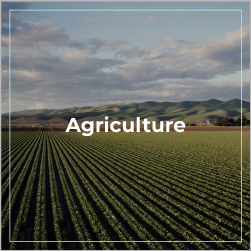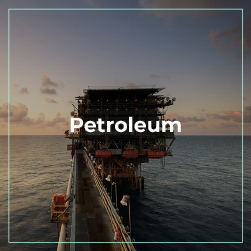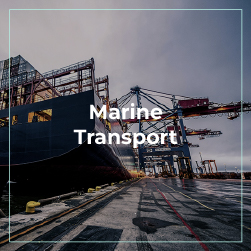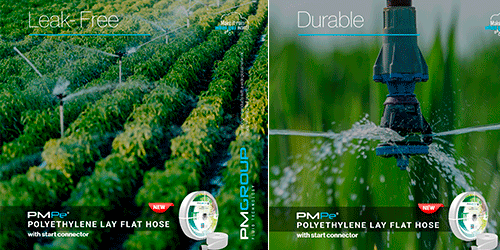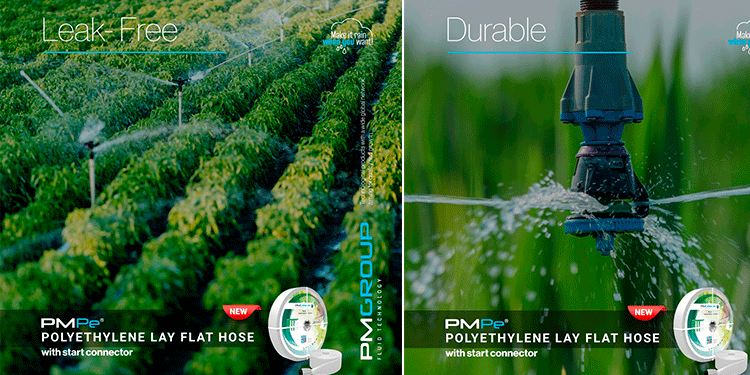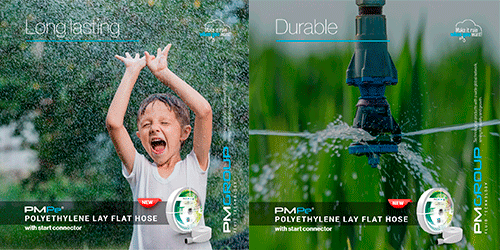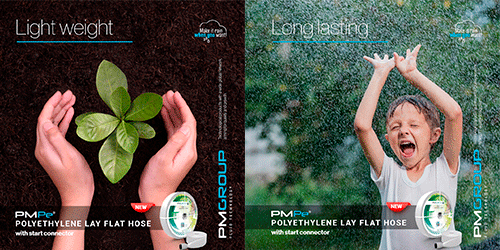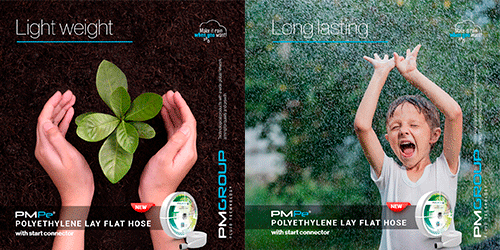Known for their flexibility, durability, and cost-effectiveness, PM layflat pipes offer a unique set of advantages that traditional rigid pipes often cannot match. This article explores how PM layflat pipes can improve water distribution systems and highlights their key benefits and applications.In the realm of modern water management, ensuring efficient and reliable water distribution is a top priority. Among the various solutions available, PM layflat pipes have emerged as a game-changer in enhancing water distribution systems.
What Are PM Layflat Pipes?
PM layflat pipes are flexible, lightweight tubes designed for temporary or semi-permanent water distribution. Typically made from high-quality polyethylene (PE) or polyurethane (PU), these pipes are highly versatile and easy to handle. Their ability to be rolled up when not in use simplifies both storage and transportation, making them a practical choice for various applications.
Advantages of PM Layflat Pipes
-
Flexibility and Adaptability PM Layflat Pipes
PM layflat pipes are highly flexible, allowing them to navigate around obstacles and conform to different terrain types. This flexibility makes them ideal for complex water distribution networks where traditional rigid pipes might be challenging to install.
-
Ease of Installation and Maintenance
One of the most significant benefits of PM layflat pipes is their ease of installation. Their lightweight nature means they can be quickly laid out, reducing labor costs and project timelines. Maintenance is also straightforward, as the pipes can be easily inspected, repaired, or replaced without the need for extensive excavation.
-
Durability and Resistance PM Layflat Pipes
Despite their lightweight design, PM layflat pipes are known for their durability. They can withstand pressure variations, resist abrasion, and handle exposure to various chemicals. This durability ensures long-term performance even under challenging conditions.
-
Cost-Effectiveness Layflat Pipes
PM layflat pipes generally have a lower upfront cost compared to traditional rigid pipes. Their reduced shipping and handling costs, combined with quicker installation and lower maintenance requirements, contribute to overall cost savings for water distribution projects.
-
Environmental Benefits
Many PM layflat pipes are made from environmentally friendly materials and can be recycled at the end of their lifespan. Their efficient resource use and reduced environmental impact make them a sustainable choice for modern water distribution systems.
Applications of PM Layflat Pipes
-
Agricultural Irrigation
In agriculture, efficient water distribution is essential for optimal crop growth. PM layflat pipes are frequently used in irrigation systems due to their ability to be easily deployed and adjusted in fields, ensuring effective water delivery to crops.
-
Emergency Water Supply
During emergencies such as natural disasters or infrastructure failures, rapid deployment of water distribution systems is crucial. PM layflat pipes can be quickly installed to provide temporary water supply solutions, supporting disaster relief and recovery efforts.
-
Construction Sites
Construction projects often require temporary water distribution for various purposes, including dust control and equipment cooling. PM layflat pipes are ideal for these temporary needs due to their ease of installation and removal.
-
Mining Operations
In the mining industry, water is essential for dust control and ore processing. PM layflat pipes facilitate efficient water transport across mining sites, ensuring that operations continue smoothly.
-
Municipal Water Distribution
Municipalities can benefit from PM layflat pipes for expanding or upgrading water distribution networks. They offer a flexible solution for temporary connections or long-term infrastructure improvements, adapting to the evolving needs of the community.
Installation Best Practices
-
Site Assessment
Conduct a thorough site assessment before installing PM layflat pipes to determine the most effective layout and placement. Consider factors such as terrain, potential obstacles, and required pressure for the system.
-
Proper Handling
Handle PM layflat pipes with care to avoid damage during transportation and installation. Ensure that the pipes are not kinked or twisted, as this can affect their performance.
-
Secure Connections
Use appropriate fittings and connectors to ensure secure, leak-proof connections between pipe sections. Regularly inspect these connections to maintain system integrity.
-
Monitoring and Maintenance
Although PM layflat pipes require minimal maintenance, regular inspections are important to identify and address potential issues promptly. This practice helps maintain optimal performance and extends the lifespan of the pipes.
Future Trends in Water Distribution Systems
As technology advances, the role of PM layflat pipes in water distribution systems will likely continue to evolve. Innovations such as smart sensors and automated monitoring systems may further enhance the efficiency and effectiveness of these pipes. Additionally, ongoing research in materials science could lead to even more durable and environmentally friendly options.
PM layflat pipes represent a significant advancement in water distribution technology. Their flexibility, ease of installation, durability, and cost-effectiveness make them an excellent choice for various applications. By incorporating PM layflat pipes into water distribution systems, stakeholders can achieve more efficient and reliable water management. As we look towards the future, the continued development and adoption of these innovative pipes will play a crucial role in shaping the future of water distribution infrastructure.

